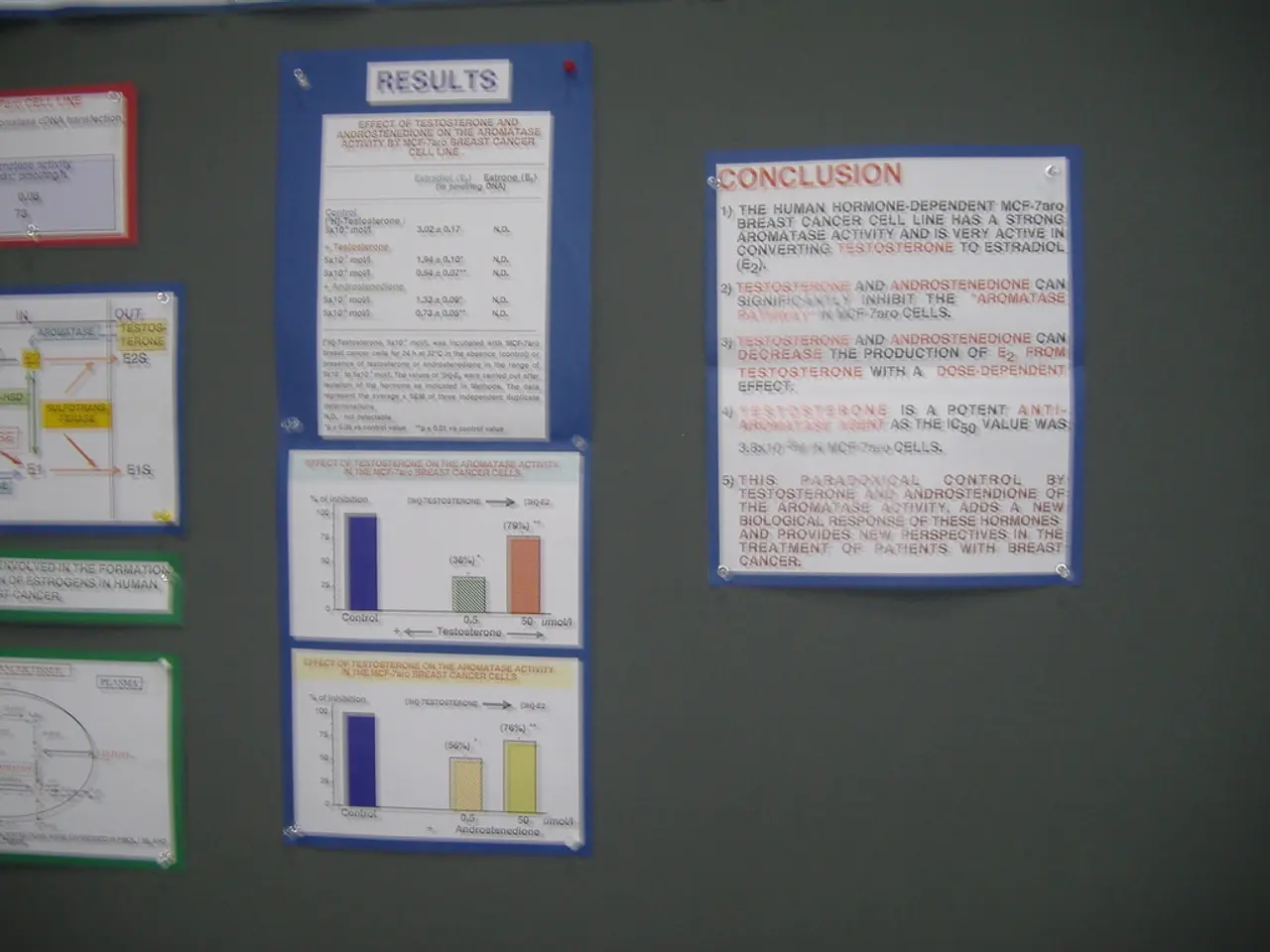Delay in the Deployment of SDA's Subsequent Generation of Data Transport Satellites
In the world of satellite communications, the Space Development Agency (SDA) is facing an uncertain future for its Tranche 3 Transport Layer. The planned launches, initially slated for 2028, are now delayed due to a funding gap in the fiscal 2026 budget, effectively putting the project on hold[1][3].
The Tranche 3 Transport Layer, a crucial component of the Pentagon's Joint All Domain Command and Control system, is designed to move data from sensors to shooters[4]. However, the agency has paused solicitations for Tranche 3, citing the need for further budgetary guidance[5].
As the SDA grapples with funding issues, the spotlight shifts to potential alternatives. One such alternative is MILNET, a secretive proliferated Low Earth Orbit (pLEO) satellite communications architecture[1][3]. MILNET, if implemented, could potentially encompass nearly 500 satellites and leverage commercial satellite capabilities, including SpaceX’s Starshield—a military version of Starlink[1][3].
MILNET is designed to provide global, resilient, integrated capabilities across combat power, global mission data transport, and SATCOM. However, the exact composition of MILNET and its implementation are still under consideration[1][3]. Air Force officials caution that MILNET "should not be taken as just a system"[1][3].
The Pentagon and U.S. Space Force are now reevaluating their satellite communication strategy, balancing between SDA’s multi-vendor transport line satellites and commercial low-Earth orbit constellations like those provided by SpaceX under MILNET[2][3]. This reconsideration is driven by factors such as cost, scalability, resilience, and leveraging existing commercial capabilities[2][3].
The current status of the SDA's Tranche 3 Transport Layer and the potential alternative of MILNET can be summarised as follows:
| Aspect | Status/Details | |--------------------------------|--------------------------------------------------------------------------------------------| | **Tranche 3 Transport Layer** | On hold due to no FY26 funding; planned launches delayed beyond 2028; SDA still planning but paused solicitations[1][3]. | | **MILNET Alternative** | Secretive, large pLEO constellation (~500 satellites), potentially integrates commercial satellites (like SpaceX's Starshield), under study as a more scalable, resilient option[1][3]. | | **Current SDA Transport Satellites** | 19 satellites in orbit, 126 planned for Tranche 1 launch starting late 2025; 182 more contracted for Tranche 2; Tranche 3 buys postponed[3]. |
As the SDA and the Pentagon continue to navigate these challenges, the future of satellite communications in the U.S. remains a topic of keen interest and ongoing discussion.
[1] https://www.defensenews.com/space/2023/03/15/pentagon-s-milnet-satellite-constellation-is-still-under-development-but-it-could-be-a-game-changer/ [2] https://www.defensenews.com/space/2023/03/22/pentagon-space-force-face-tough-decisions-on-satellite-communications/ [3] https://www.defensenews.com/space/2023/06/23/pentagon-space-force-face-tough-decisions-on-satellite-communications/ [4] https://www.defensenews.com/space/2021/12/15/pentagon-s-transport-layer-satellites-are-now-in-orbit/ [5] https://www.defensenews.com/space/2023/06/09/pentagon-space-force-face-tough-decisions-on-satellite-communications/
- The Space Development Agency (SDA) is considering the Space Force's MILNET as a potential alternative to their Tranche 3 Transport Layer, which is currently on hold due to a funding gap in the fiscal 2026 budget.
- MILNET is a large, secretive proliferated Low Earth Orbit (pLEO) satellite communications architecture that could potentially integrate commercial satellites like SpaceX’s Starshield.
- The Tranche 3 Transport Layer is a crucial component of the Pentagon's Joint All Domain Command and Control system, designed to move data from sensors to shooters.
- The exact composition and implementation of MILNET are still under consideration, with Air Force officials cautioning that it "should not be taken as just a system."
- The U.S. Space Force and Pentagon are reevaluating their satellite communication strategy, balancing between SDA’s multi-vendor transport line satellites and commercial low-Earth orbit constellations like those provided by SpaceX under MILNET, considering factors such as cost, scalability, resilience, and leveraging existing commercial capabilities.




